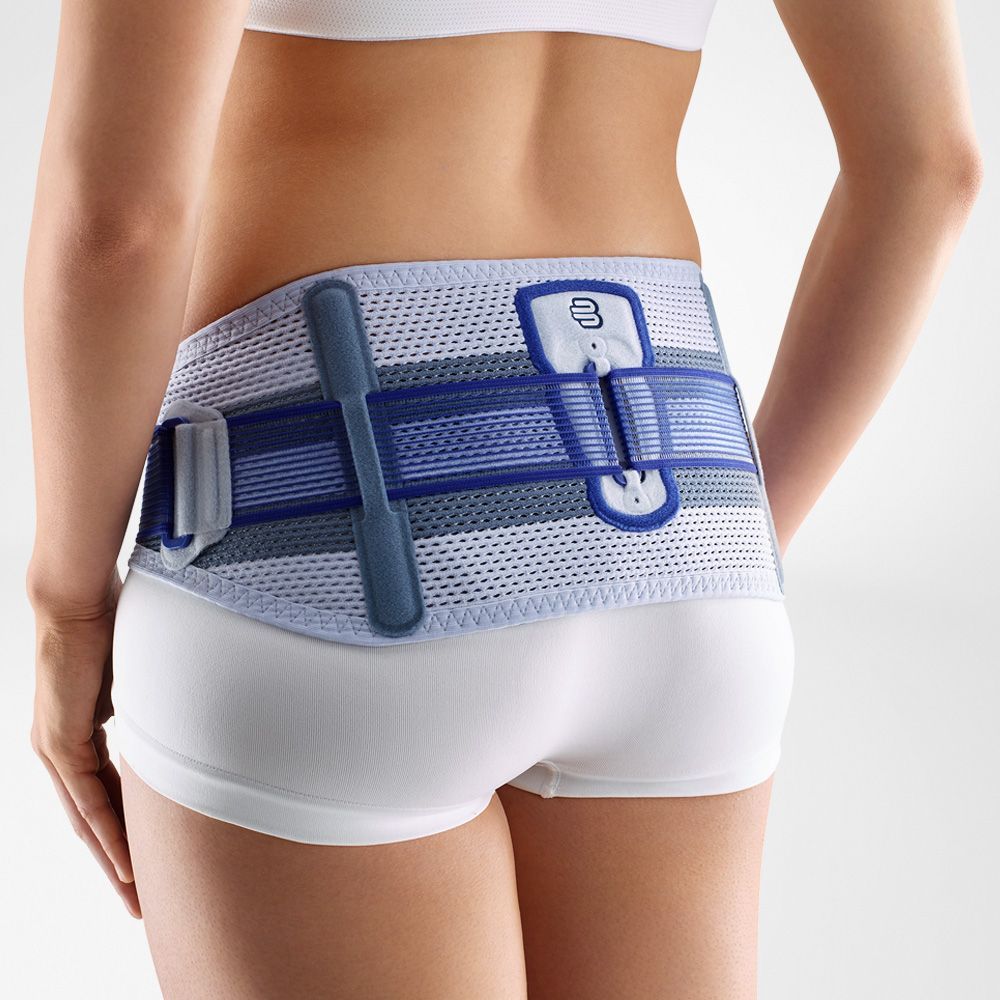Hypermobility
Hypermobility in the back is a condition where the ligaments and joint capsules are stretched more than usual. People with this condition are significantly more flexible than those without it. Below, we provide more information about the causes, symptoms, and treatment of this condition. Read on to learn more.
What is hypermobility in the back?
Hypermobility in the back is caused by a connective tissue abnormality that results in reduced firmness of the ligaments. This leads to less support for the joints, causing the muscles to work harder. As a result, the muscles become overstrained, leading to pain in the muscles and joints.
What causes this condition?
Hypermobility is hereditary. This means the ligaments and joint capsules have more elastic properties, making them very flexible and prone to stretching. To compensate for this, the muscles and tendons around the joints must work harder, which can lead to overuse. This may develop into hypermobility syndrome. The syndrome occurs more often in women than in men. It is also known that individuals with hypermobility syndrome are more prone to other conditions, such as carpal tunnel syndrome, pelvic instability, fibromyalgia, and RSI.
What are the symptoms of hypermobility?
Several symptoms can be associated with hypermobility, including:
- Joints that dislocate easily
- Joint pain
- Skin that stretches slightly
- Bruising easily
- Hypermobile joints
- Increased risk of scoliosis
- Pelvic instability
- Back pain
What tests are done?
Hypermobility in the back is diagnosed by a physician, physical therapist, or rheumatologist. The doctor will perform a thorough physical examination and ask you to perform a series of movements to determine if you have hypermobility. Hypermobility cannot be detected through X-rays or scans. In rare cases, a blood test may be conducted to rule out other underlying conditions commonly associated with hypermobility.
What treatments are available for hypermobility in the back?
Unfortunately, hypermobility cannot be cured. However, therapy with a physical or movement therapist can help reduce the symptoms. Various exercises can help improve posture and strengthen specific muscle groups, which can lessen discomfort. Wearing a back brace can also provide the necessary support. If you are seeing a physiotherapist, they may use techniques such as dry needling, massage, or taping to help normalize muscle tension. If needed, your home can also be adapted to reduce strain on the joints—think of aids like a shower chair, an adjustable bed, a raised toilet, or grab bars.

Bauerfeind Sacroloc Back Support - Pelvic Belt

Super Ortho Ceramic Magnetic - Magnetic Back Support

Viofix Lower Back Support - Pelvic Belt

Medidu Premium Comfort Back Support (Black & Beige)

Gladiator Sports Back Support

- Physiotherapist
- Sports podiatrist
- Manual therapist
- Podopostural therapist
- Myofascial dry needling specialist


